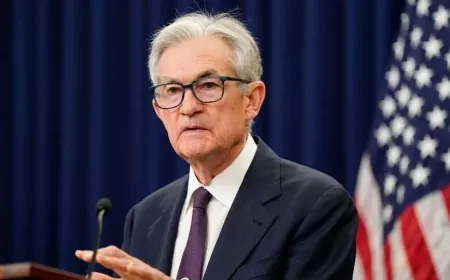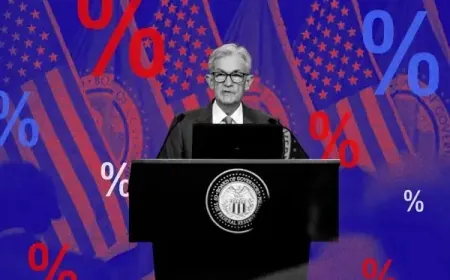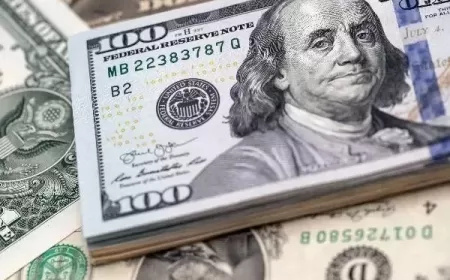Gold Holds Below $4,100 as Traders Wait to See What the Fed Will Do in December
Gold opened at $4,069.20 and stays below $4,100 as traders monitor the Fed’s December rate decision with no updated U.S. jobs data available.

| ● | Gold futures opened at $4,069.20, remaining below the $4,100 level for a full week. |
| ● | CME FedWatch shows a 73.5% probability of a December quarter-point cut. |
| ● | The Fed meets on Dec. 9–10 without October jobs data; November numbers release on Dec. 16. |
| ● | Gold is unchanged week-over-week, 1.2% lower than a month ago, and 51.4% higher than last year. |
| ● | With no updated labor data, trading desks are keeping positions steady before the December rate meeting. |
Gold futures opened lower on Monday and stayed under the $4,100 mark, a level the metal has been unable to break since November 19. Gold began the day at $4,069.20 per ounce, slightly below Friday’s close of $4,079.50.
Much of today’s trading is tied to expectations for the Federal Reserve’s next move. CME FedWatch data shows a 73.5% chance that the Fed will cut interest rates in December. The estimate increased after New York Fed President John Williams said last week that he supports another cut.
This year’s final Fed meeting is unusual because policymakers do not have fresh U.S. jobs data.
-
The October jobs report was canceled.
-
The November report will arrive on December 16, several days after the Fed meets on December 9–10.
Without those reports, traders have been watching inflation data, consumer spending, and Treasury yields to understand how the Fed may act.
Gold often reacts to interest-rate changes because the metal does not pay interest. When rates fall, savings accounts and government bonds offer smaller returns, giving investors more reason to hold gold.
How gold compares with recent levels
Gold’s current price shows a mixed pattern:
-
unchanged from last week,
-
down 1.2% from one month ago,
-
up 51.4% from one year ago.
Gold’s one-year gain was even higher earlier this month, reaching 63.4% on November 14.
Gold prices are often reported in two ways. The spot price reflects the cost of physical gold in real-time trading. Consumers pay more than spot when buying coins or bars because of refining and dealer costs. Gold futures are exchange-traded contracts that set a price for delivery at a later date and are commonly used by traders for short-term positioning.
Why gold is steady this week
Gold has moved in a tight range because traders lack the labor data they normally review before a Fed meeting. With no official numbers on hiring or wages, markets have been slower and more cautious. Many trading desks describe this week as one where the market is simply waiting for clearer information.
Physical demand for gold has remained steady, including from central banks and long-term buyers who continue to add to their reserves. That steady demand has helped gold avoid larger declines even as futures remain below $4,100.
Most traders are waiting for the Fed’s December rate decision before taking new positions.
Also Read: Gold Falls Over $250 After Record $4,374, Silver Also Slides





























































